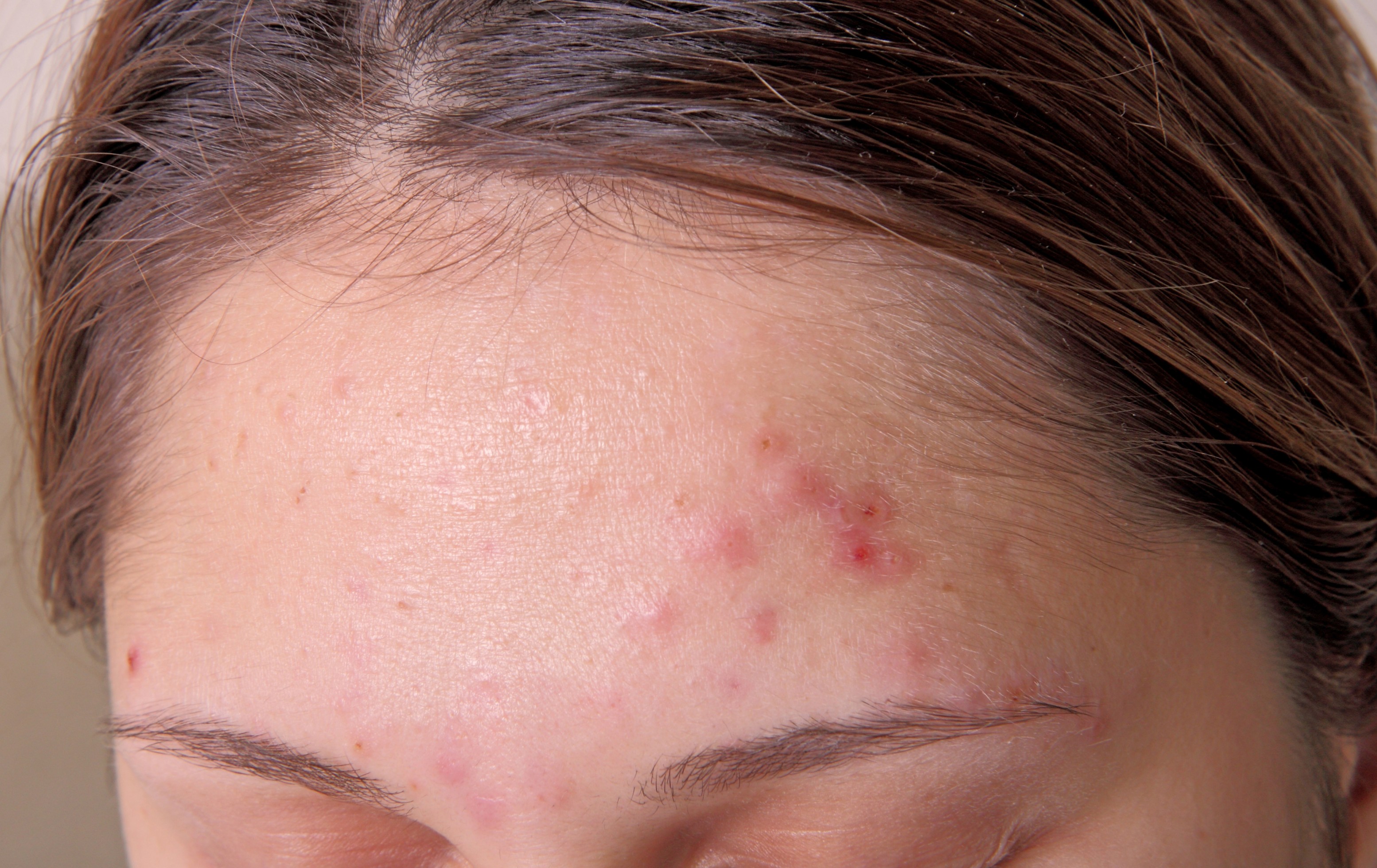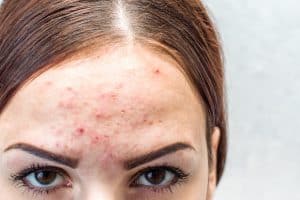Normally, we would be hard-pressed to find any piece of literature which uses “sunshine” to connote anything negative. But in real life, not everything that the sun offers is as pleasant as “sunshine and rainbows”. It is an understatement to say that the sun takes a toll on your skin when you roam around during the daytime.
The Ultraviolet rays emitted by the sun are the real culprits here. There are variants of UV rays, ranging between UV-A, UV-B, and rarely even UV-C in specific conditions (1). When exposed to them, we run the risk of sun damage, wherein the rays often dry out the skin and exhaust the skin of natural oils and lubricants which keep it looking supple and healthy.
Not only this, but the rays can further penetrate the top layers of skin to cause permanent alterations to the DNA through absorption of UV-B photons (2). The science behind this is known to be complex but let’s just say that “changes to your DNA” aren’t always as cool as superhero movies make them sound. This results in elastosis (3), where the skin losing its elasticity, leading to prematurely aged-looking skin with wrinkles and sagging.
Apart from these disruptions, it also instigates excess production of melanin, which explains why we complain of getting darker skin and tan lines after a long day in the sun. But the most disturbing results of sun damage are the blotches, blemishes, blotches, and freckles that pockmark our skin.
Here is a short look at some of the many skin conditions that sun damage can lead to:
– Wrinkles: be it simple surface lines seen faintly on the face or the deeply furrowed that you desperately want to hide, wrinkles are a cumbersome sign that shows you’re skin is not in its best condition. And it is one of the most notable signs of sun damage.
– Age Spots: as the name suggests, these are pigmented spots and discolorations that appear as we grow older. The problem is, with increased exposure to sun, they start making an appearance on the much younger skin. This leads to an aged look, which is something no one wants if we were to go by the popularity that anti-aging products have been gaining. And they also make detecting and diagnosing skin cancer that much tougher.
– Actinic Keratosis: while sunspots are more common and less dangerous, actinic keratosis is a condition that shows up as a cluster of abnormal growth on the skin (4). It has a dry appearance and is nowhere close to aesthetic.
– Solar Lentigo: although mostly written off as harmful, this is still a formation of darkened patches of skin that shows very prominently on your skin. However, the danger lies in the fact that it looks similar to potentially dangerous beginning signs of skin cancer.
So if you have been neglecting a particularly dark patch on your skin as a simple solar lentigo, it’s time you got yourself checked with a dermatologist. Only a professional in the domain can easily identify the difference between something benign and something dangerous.
Once getting to know the different forms that sun damage can take and how they are caused, it is easier to identify methods and tips to treat the damaged skin.
Starting from simple home remedies to drastic surgical methods, there are numerous ways to treat sun-damaged skin, each of which have been long debated upon by dermatologists.
Sunscreen
One of the most common solutions prescribed globally for preventing sun damage is the use of sunscreen lotion. To be clear, this is more of prevention than a cure for sun damage. It helps protect the sun from exposure to harmful UV rays radiated from the sun, and by doing so, it buys our skin some needed time to heal from previous damage.
It is usually recommended that you go for sunscreen of SPF 15 or higher. Sun Protection Factor (SPF) is a rough estimating measure of the timely effectiveness of a sunscreen post-exposure to sunlight (5).
Bleaching
Another solution found to retrieve lighter skin tone post-sun damage is skin bleaching. It sounds harsher than it is in reality because its primary action is targeting brown spots and lightening them, meanwhile suppressing irregular production of melanin that creates uneven skin tone.
One of the main ingredients to look out for in skin bleach is hydroquinone, which is quoted to be the “active ingredient” in most bleaches (6). If you are going to opt for simple over-the-counter versions of this product, it is recommended to check that it contains no higher than 2% of hydroquinone.
But when it comes to using any product that has the capability of drastically affecting your skin, it is advisable to first consult a skin specialist prior to doing anything. Dermatologist, for example, are the qualified professionals allowed to prescribe skin bleaching or whitening products with four to six percent of hydroquinone.
On the contrary, for the people who are determined to follow the supposed safety of home remedies, there are certain options which have proven to work at times.
Coconut oil is one such product, which has two main components which make it a suitable candidate for fixing and preventing sun damage. Firstly, its vitamin-E rich nature makes it an antioxidant of sorts, and this helps to deal with the inflammation that our skin faces post exposure (7). Secondly, its fatty acids are nothing more than an unlikely but effective moisturizer for the skin.
Even in small amounts, the product tends to work wonders, giving your skin a well-earned shine, while simultaneously protecting and repairing it. So apply it in small amounts on the skin and allow it to get soaked up. And wait to witness the difference, and the wait is essential because it isn’t the fastest of remedies to take effect.
Moreover, lemon juice is another of the unlikely home ingredients that can somewhat battle the damages caused by sun exposure. Usually used as a toner when mixed with water, its acidic properties mean that it is capable of functioning as an exfoliate. It helps to remove the outermost layers of damaged skin cells to reveal healthier and lighter skin with more even skin tone. However concrete studies to prove this aren’t yet popularly known.
The simplest of home remedies to follow, when wanting long-term resilience and cure for sun damaged skin is the consumption of food loaded with vitamin-C. Being another natural antioxidant, it can revitalize, act against premature aging factor, and even constrain the production of melanin. This three-fold action makes it an ideal long-term solution to sun damaged skin.
And since this involves no topical application, it becomes a far safer option to choose, and all you have to do is make sure your regular diet incorporates optimal levels of food items that are rich in vitamin-C. These include different citrus fruits, different bell peppers and so on.
Exfoliating
The most common way of fixing sun damaged skin is to often get rid of the damaged skin, and for that, exfoliation is often the safest and fastest ways. The outermost layer of skin cells accumulates to appear as uneven and blotched skin.
So exfoliating effectively removes them, and this is usually with the help of face washes, or even homemade scrubs. And a suitable moisturizing routine to go along with it would be the best possible care you could provide your skin. And only a dermatologist is usually able to determine what the suitable product is for your skin specifically.
Sun damage although common, should not be taken as lightly as it is. Because past the primary signs that it inflicts on your skin which you may choose to ignore, it leads to later problems which are irreversible. This includes higher risks of skin cancer and severe skin conditions.
This will later have you reaching for drastic chemical procedures like chemical peeling or even going under the knife. So consult an expert today to get your skincare routine on track, for a sun safe skin!
Struggling with a Skin or Hair issue? Download the CureSkin App now by clicking here to get the best treatment. It’s easy, fast and affordable!


